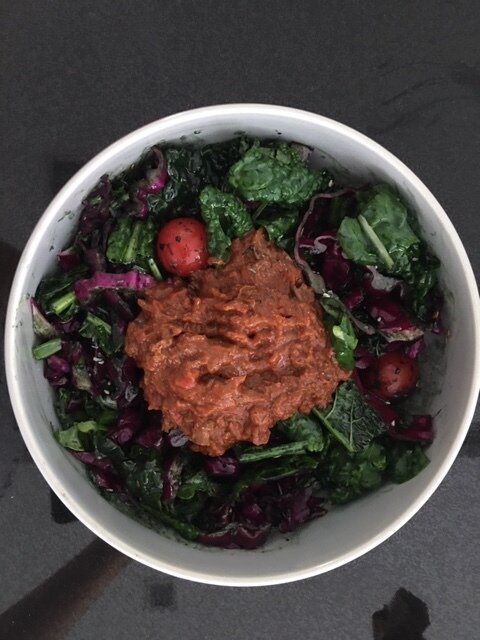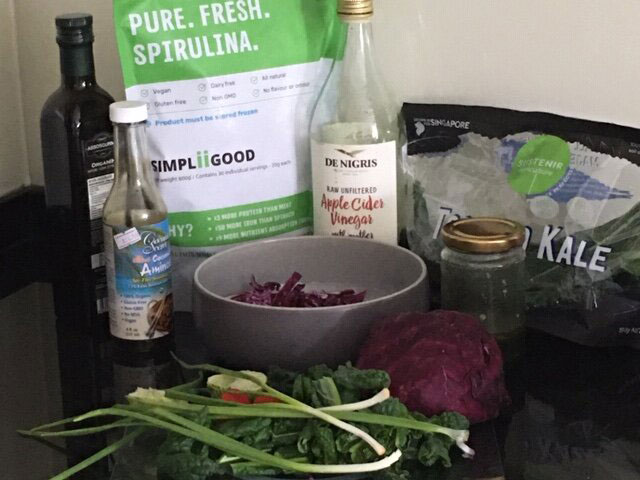The term ‘SUPERFOOD’ is often thrown around indiscriminately as it is not particularly well defined, so it often leads to confusion amongst the general public and even nutrition professionals like myself are often hard-pressed to give a precise definition. So, when asked in clinic whether someone should be focusing on superfoods, I am pretty specific about which foods I want them to consider under that ‘heading’, as well as the specific properties of the ‘superfood’ that are appropriate to their particular dietary needs.
However for the purposes of this piece I will borrow a concise definition of SUPERFOODS form an expert who has dedicated an entire book to the subject, David Wolfe: ‘These include foods that have a dozen or more unique properties, not just one or two.’
As a nutritional therapist who often recommends integrating select ‘superfoods’ into the diet as a nutrient-dense short-cut, I have tired my way through most of the usual suspects such as goji berries, maca, freeze-dried bee pollen, honey, acai, spirulina and even the less known ones such as baobab or lucuma can be found in my pantry. Whilst I have seen subtle benefits from integrating superfoods into my everyday diet, I am quite sceptical about people who ascribe life-changing benefits to a specific superfood, as up until recently I hadn’t really tried anything that gave me either a measurable or discernible ‘WOW’ effect (or at least nothing beyond delicious chocolate).
So when I was invited to join a dinner featuring SimpliiGood Spirulina and listened to the Founder Baruch Dach highlighting the superior nutritional benefits of their shock-frozen, fresh spirulina such as the fact that:
- it is a complete protein with 3 x more protein than meat in a highly absorbable form
- has 8 x more antioxidants per serving compared to blueberries
- it contains 3 x more iron than spinach
- due the strain selection, the conditions under which it is grown and the minimal processing, it is significantly more nutrient dense and retains more of it’s nutrient content than powdered spirulinas
I was cautiously optimistic that I had found something to recommend to specific clients to improve their diet.
As I outlined my own personal health challenge of frank iron-deficiency with 11 days to go to running my first marathon in a tropical climate, Baruch encouraged me to go one step further and generously offered for me to trial high doses of SimpliiGood spirulina confident that it would at least improve my iron status in such a short time. After all they had done some research on iron deficiency and also some trials with athletes.
The actual results have been beyond what any of us would have expected. Below is an outline of my journey with iron deficiency in pure numbers*:

*Please note that iron deficiency and anaemia are not determined purely by these two readings, these are merely for comparison in my case
Within the month between blood tests, the only change I had made to my diet and habits was to consume high amounts of SimpliiGood spirulina for 10 days in the lead up to the marathon, with results roughly equivalent to those only 6 months after an iron infusion and those readings after after the inevitable loss of iron during the marathon. Thinking back, I should have trusted Baruch and taken a test the day before the marathon, as I was feeling great, but I was just nervous of drawing blood and loosing even the tiniest bit of iron.
The protocol and the manner in which I added the spirulina was as follows –
Days 1-5 (2 pods daily)
I was advised that blending the spirulina with the smoothie may compromise the nutrient content a little, so I was keen to avoid doing so. Hence, I put one pod in a little water in the bottom of my smoothie glass to thaw it and then added my green smoothie on top and mixed it carefully with a wooden spoon, repeat two times for breakfast.
I started to notice my energy increase after day 1 on this regime and my last 18k training run was a breeze.
Days 6-10 (4 pods daily)
I maintained my ritual of days 1-5, but had to get inventive with integrating the remaining two pods, so I started to make a spirulina vinaigrette with one pod to pour over my superfood salad for lunch and then I developed a bed time luke warm spirulina infused cocoa (made with an organic turmeric latte blend from Pukka plus organic coconut milk).
By day 6, even though I was scaling down training, I still had so much excess energy after a 5k run that I felt ready to run the marathon, plus I was starting to notice that I was finally building the butt muscles I need to prevent injury.
Race day (10) finally came and I switched my bed time spirulina infused cocoa for another spirulina infused green smoothie around 4:30pm…
The Benefits
Before the race – I felt like a SUPER-FUELLED ME raring to go…
During the race – I did not experience the breathlessness I had been encountering beyond 18k and I still had energy left to spare at the end …
Immediately after the race – although I undoubtedly wasted some protein in my chocolate brown urine I still had sufficient energy to walk a few blocks in search of a cab to take me home LOL
Post race – Delayed Onset Muscle Soreness lasted merely from when I went to bed to when I got up the following morning, then totally subsided as soon as I walked in a cold swimming pool, apart from that, I took it easy with active recovery for 3 days and did not feel the slightest stiffness, soreness or lull in energy. A pretty amazing recovery I think, not to mention completing my first marathon without injury. Even after the race, my ferritin levels out of the iron-deficiency range and all of my blood values had returned to normal, plus my kidney values were also fine.

SUPERCHARGED SPIRULINA VINAIGRETTE WITH SUPERFOOD SALAD
All you need is great ingredients.
For the vinaigrette:
- 1 pod of SimpliiGood fresh spirulina
- Juice and zest of 1 organic lime
- Organic sesame seeds
- Organic extra virgin olive oil
- Organic coconut aminos to taste
- Organic apple cider vinegar
- A glass jar to shake it all in
For the superfood salad:
- Organic red cabbage shredded
- Sustenir Toscano Kale (free from heavy metals, grown without pesticides in a controlled environment, boasting a superior nutrient content, so I am assured – will be taking a closer look in future posts)
- Organic cherry tomatoes
- Organic spring onions
In the photo, mine is topped with a home-made all organic healthier version of goulash, but this is a recipe for another occasion.

